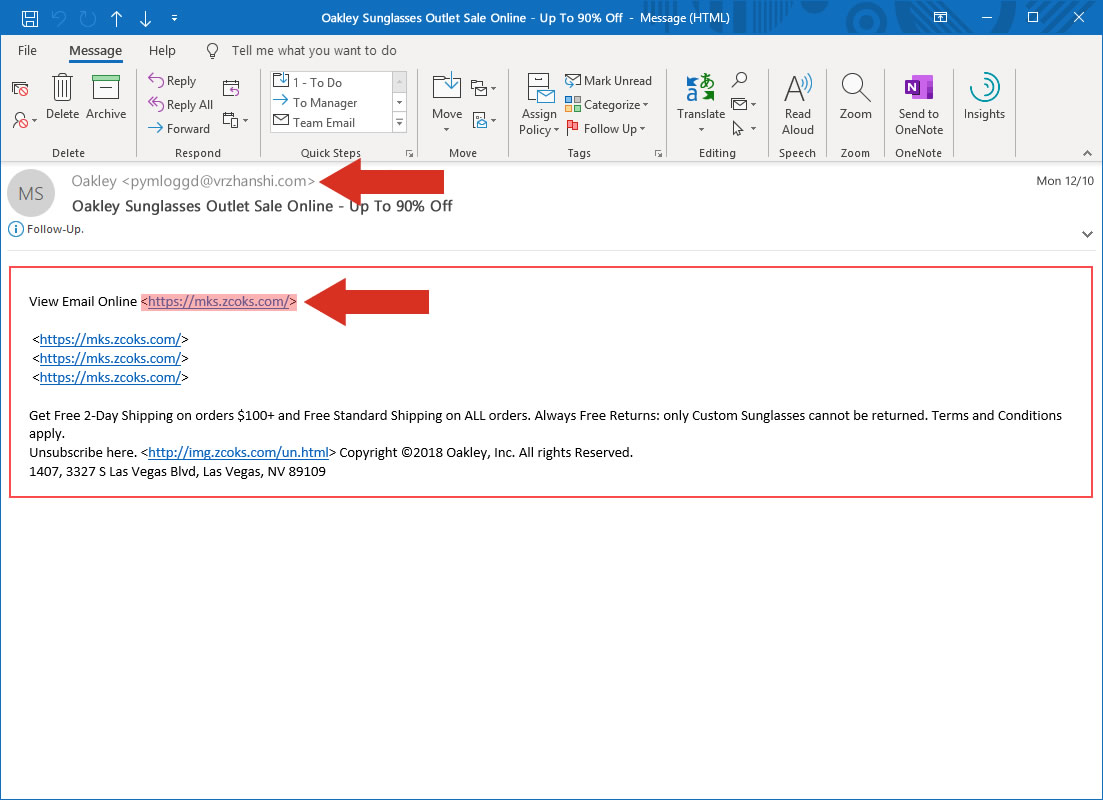What’s all this Spam about?
What’s all this Spam about? https://www.missingpixel.co/wp-content/uploads/2019/11/Spam-Email-Hero-1024x640.jpg 1024 640 Russ Russ https://secure.gravatar.com/avatar/b0a23be87fc9d646956183c8ef7670cf?s=96&d=mm&r=gWe've all heard of Spam right?
Spam, or unsolicited mail, is sent in very large volumes – for the most part the intention is advertising, and attempts to sell products or services to a wider audience. The hit rate, or percentage of success for spammers is incredibly low, with very few people actually responding or taking them up on their ‘incredible offers’, the number of recipients need to be extremely high in order to return a greater number of responses.
Spam was generally quite easy to identify, in much the same way as traditional physical junk mail – if something landed through your letter box that you had no interest in, or it was from a company that you had never heard of, it would probably just find its way into the bin. Similarly, if you received an email in your inbox for a product that you had no interest in, from a company you didn’t recognise, it had a high chance of being subject to the delete button.

In the example above, note how the text in the body of the email claims to be from Oakley (even listing their HQ address in the signature). However a loser look at the sender’s address confirms that this has not come from a recognisable, and the links in the body of the email suggest that they will not take you to a genuine, official company website.
As technology improves over time, the methods employed to gain access to, and use people’s information, becomes more sophisticated. Spam has evolved, largely away from being an annoyance in the form of receiving something that is of no interest, to something more sinister.
There have been definite trends with evolved spam types, ranging from emails pertaining to be from friends on holiday abroad, having had all of their money stolen and just need some emergency funds transferred to them; emails claiming to be from your travel company requiring you to log into get your tickets; emails from delivery companies, again requiring you to log in to see the status of your delivery; and of course the common rouge invoice, requiring you to pay immediately before further action is taken against you.